How to Relight a Gas Water Heater That Produces No Hot Water
When a standard tank-style gas water heater stops producing hot water, it means that the gas burner is no longer producing the flame necessary to heat the water. Depending on the cause of the problem, the solution can be extremely simple, or complex and expensive. Possible reasons for the malfunction include:
- Pilot light flame has blown out. This requires nothing more than a simple relighting procedure that will cost you nothing. It takes just a few minutes.
- Thermocouple or flame sensor is faulty and needs replacing. The thermocouple (found in older water heaters that have permanently lit pilot lights) or the flame sensor (found in newer water heaters) is a simple device that senses the heat in the pilot light flame. When the thermocouple does not sense flame, it prevents the gas valve from delivering gas to the burner. Replacing a bad thermocouple or flame sensor is an easy project that is well within the reach of most DIYers.
- Gas control valve is faulty. If neither relighting the pilot light nor replacing the thermocouple solves the problem, then it is likely that the gas control valve is bad and must be serviced or replaced. This is a more complicated issue that involves disconnecting the gas lines entirely to install a new valve. This is not a project for the casual DIYer; it normally requires help from a professional plumber or appliance technician.
- Gas burner is cracked or damaged. Although rare, it's possible for the gas burner inside the water heater's burner chamber to crack. While it's possible to replace the gas burner, doing so is usually a job for a professional. Moreover, if the burner is damaged, it likely means the water heater is old and on its last legs, and the best course of action is probably to replace the water heater.
But first things first. In many instances, merely relighting the gas water heater will solve the problem.
Relighting a Gas Water Heater
What You'll Need
Equipment / Tools
- Flashlight
- Long-handed lighter
Materials
- New thermocouple or flame sensor (if needed)
Instructions
1) Turn Off Gas
Look for the gas regulator valve on the outside of the water heater, located above the burner chamber access panel at the bottom of the water heater. Locate the gas control knob on the top of the regulator valve and turn it to the OFF position. Wait five minutes for gas to dissipate in the burner chamber
2) Remove Cover on Burner Chamber
At the base of the water heater, locate the metal cover that protects the burner chamber. Carefully slide this off and set it aside. The cover is often held in place with simple metal tabs and can be removed simply by lifting the cover to free the tabs, then sliding the cover out. In a few instances, there may be screws or snaps that hold the cover in place.
Tip:
A missing or improperly positioned cover may be the reason why your pilot light has blown out. Drafts entering the burner chamber can extinguish the pilot flame. After relighting the pilot, make sure to install the cover securely to protect the flame.
3) Locate the Pilot Light
Using a flashlight, locate the two gas tubes that run from the gas control valve to the burner. The larger of these two tubes delivers gas to the burner itself, while the smaller tube has an open end where the pilot flame normally burns. In a traditional standing-pilot water heater, there will be a wire ending in a small metal probe positioned at the end of the pilot light tube; this is the thermocouple.
4) Light the Pilot
With standard pilot light water heaters: Turn the gas control knob to the PILOT setting, then depress the button and hold it there. With the other hand, use a long-handled lighter to apply flame to the end of the pilot light gas tube. Watch carefully for a gas flame to appear at the end of the pilot light tube. Continue to hold down the control knob for a full minute. This allows the thermocouple to fully heat up.
With electronic ignition water heaters: Locate the red or black button that is marked IGNITION on the top or side of the gas control valve, and press it down to ignite the pilot. You should hear a clicking sound as the ignitor sparks.
5) Open the Gas Valve
Once the pilot light has been burning for at least a minute, release the button and turn the gas control valve knob to the ON position.
6) Test Operation
Turn the thermostat on the gas control valve to a high-temperature setting, and listen for the sound of the main burner igniting. Peer into the burner chamber to verify that the burner has a good-quality flame—it should be blue rather than a dirty orange or yellow color. (If the flame is of poor quality, it may indicate the burner needs cleaning or replacing.)
Turn the water heater's thermostat back to its normal setting.
7) Replace Cover
Carefully slide the burner chamber cover back in place. Make sure it is fully seated. A misaligned or missing cover can cause drafts to blow out the pilot light.
8) Next Steps
If this relighting routine does not fix the problem, or if the pilot light does not stay lit, then the solution may be more complicated. The first thing to try is replacing the thermocouple or heat sensor. This is by far the most common cause of the problem, and in most cases, it will remedy the situation.
When to Call a Pro
If simple relighting or replacing the thermocouple or flame sensor does not restore the water heater to good operation, then the problem is more serious and probably requires service from a plumber or appliance technician. Possible causes include a bad gas control valve, or a cracked or damaged burner. But before spending a lot of money on repairs, consider the likely lifespan of the water heater. Water heaters typically wear out after 8 to 12 years, and if yours is approaching or exceeding that age, the better choice may be to replace it rather than to invest in repairs.
Electric Water Heater?
Water heaters that heat with electricity rather than gas can also suddenly stop producing hot water. When this happens, likely causes include a heating element that needs replacing, or a faulty thermostat that needs replacing. Both of these repairs can be done by DIYers with some experience with appliance repair.
Source: https://www.thespruce.com/water-heater-problem-no-hot-water-4103882
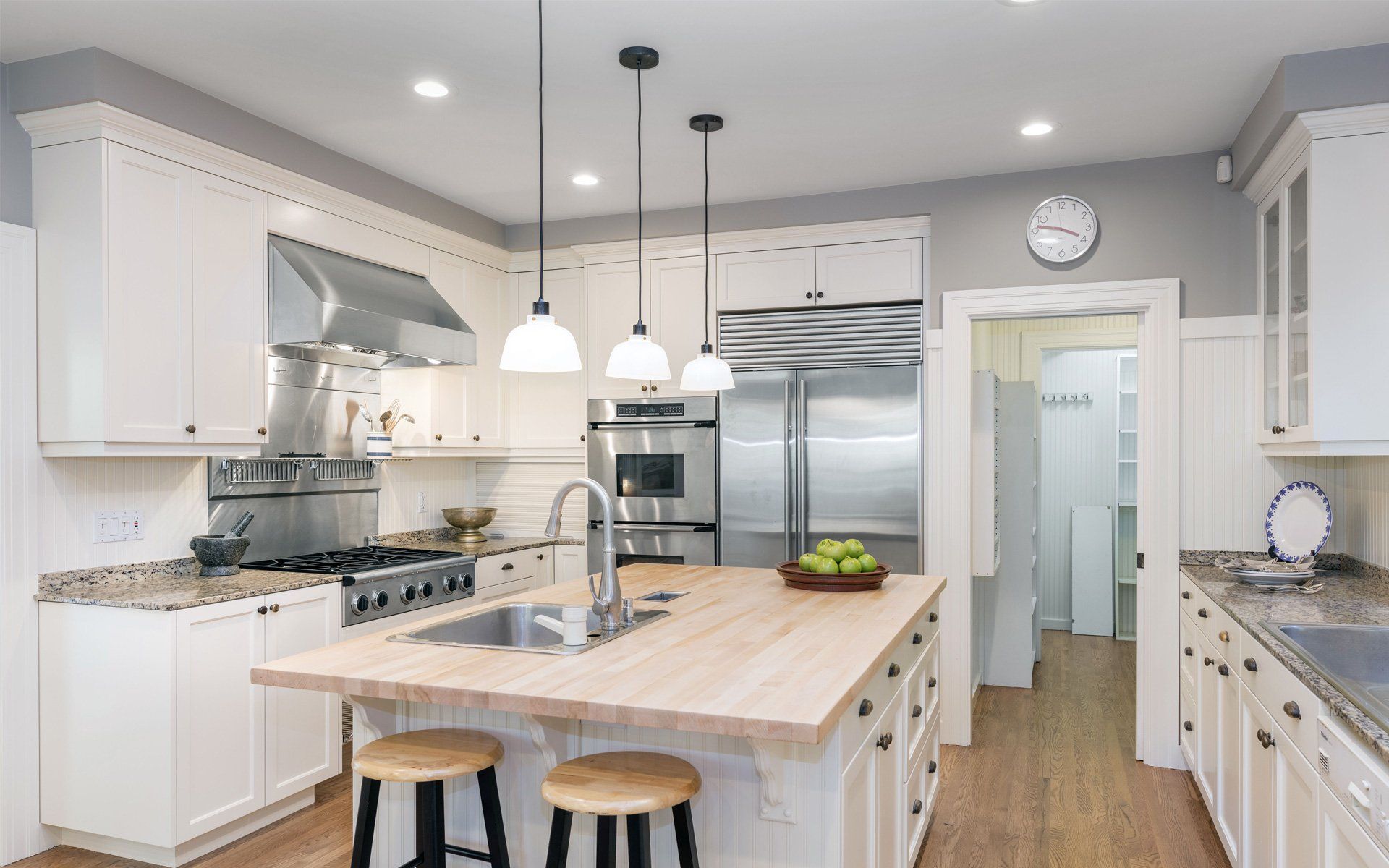

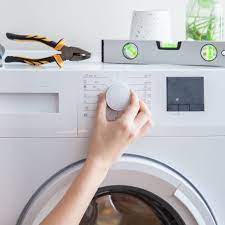
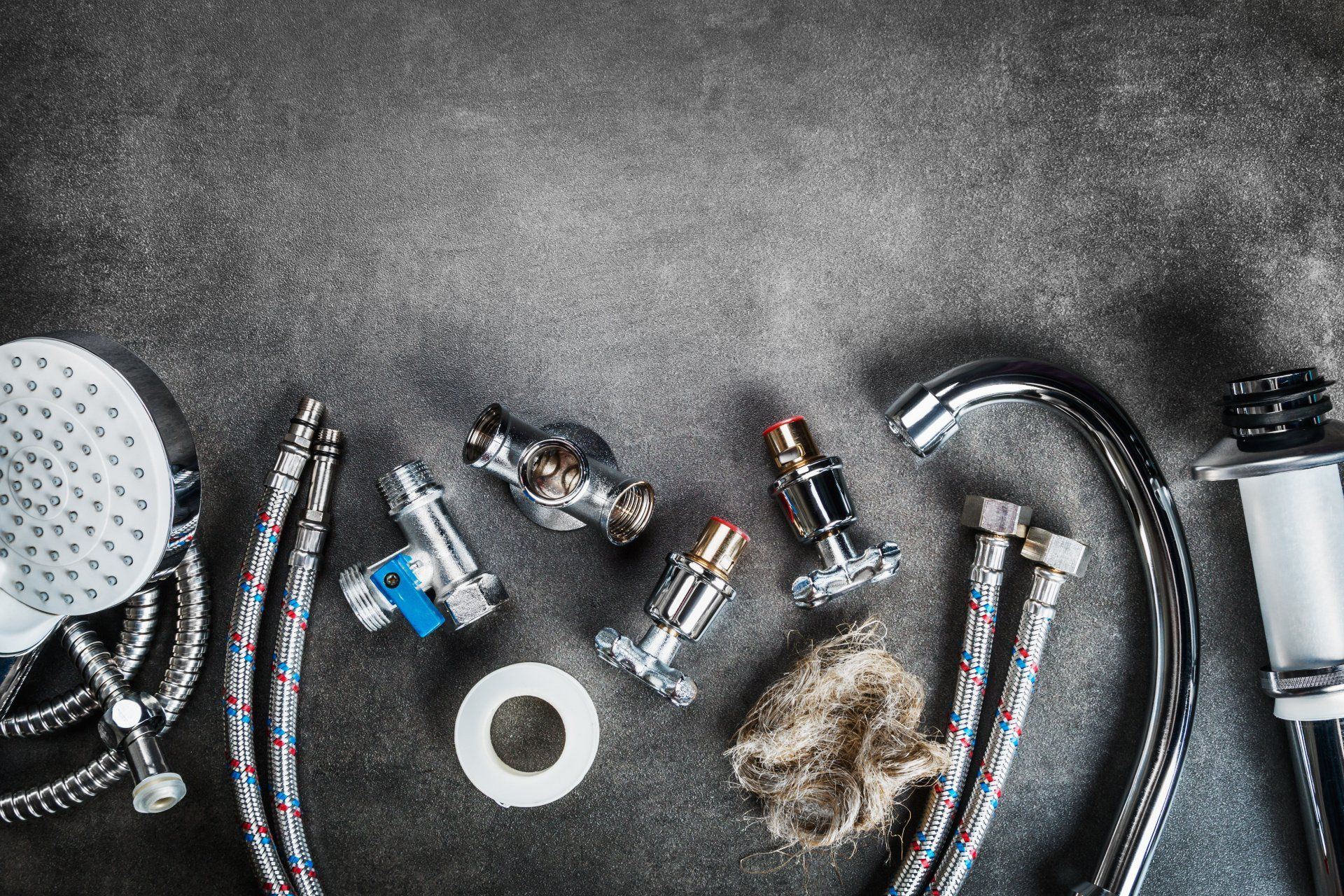

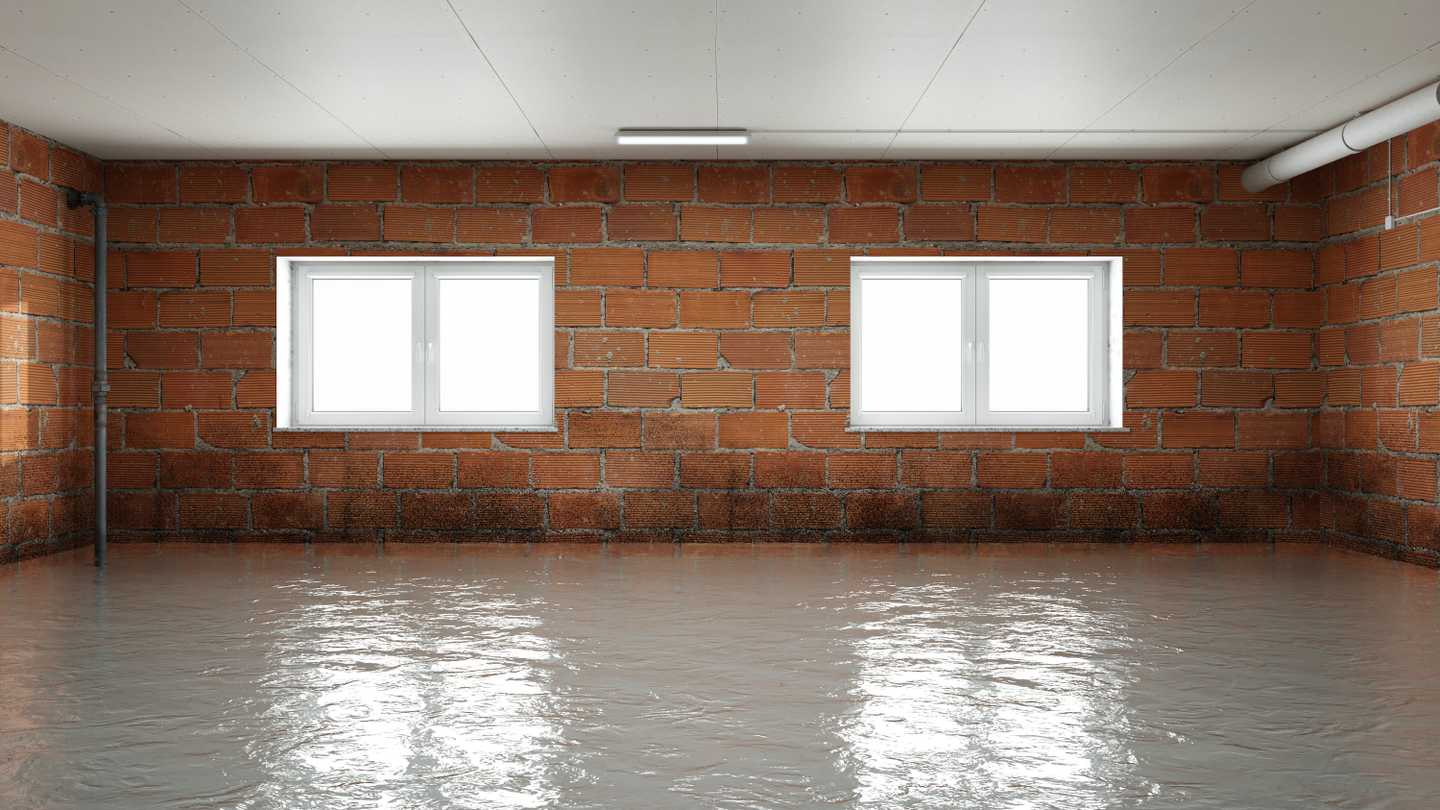
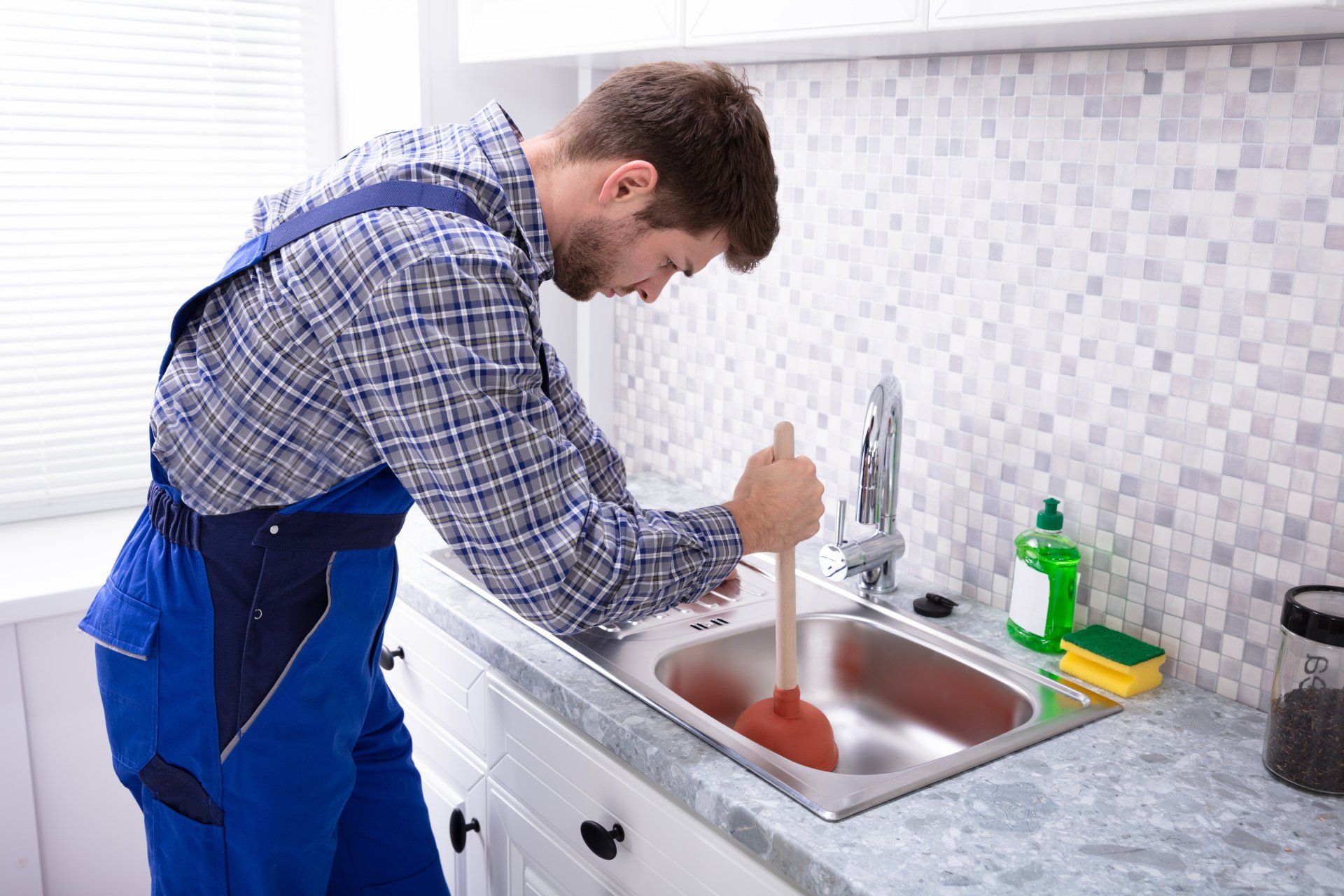
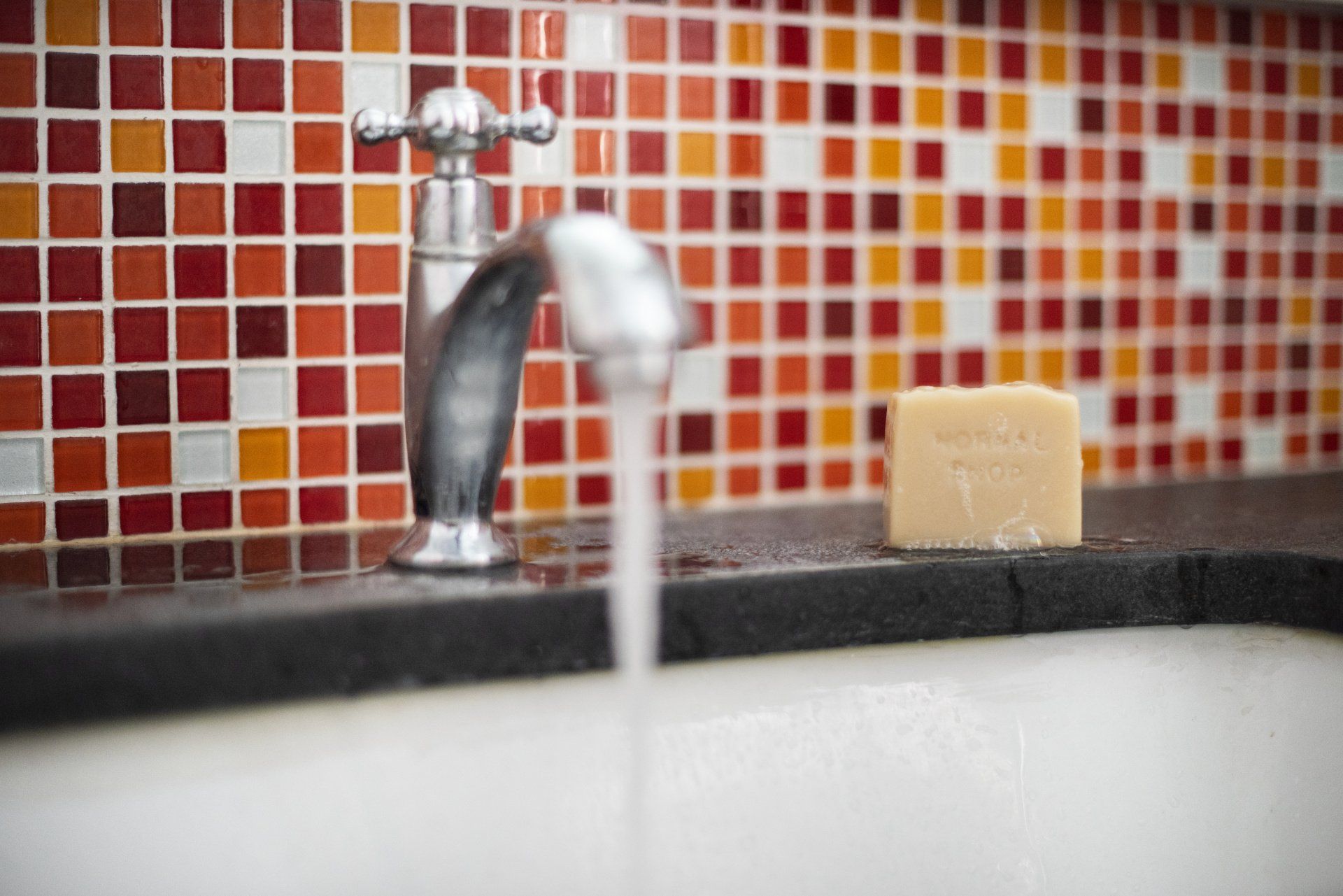




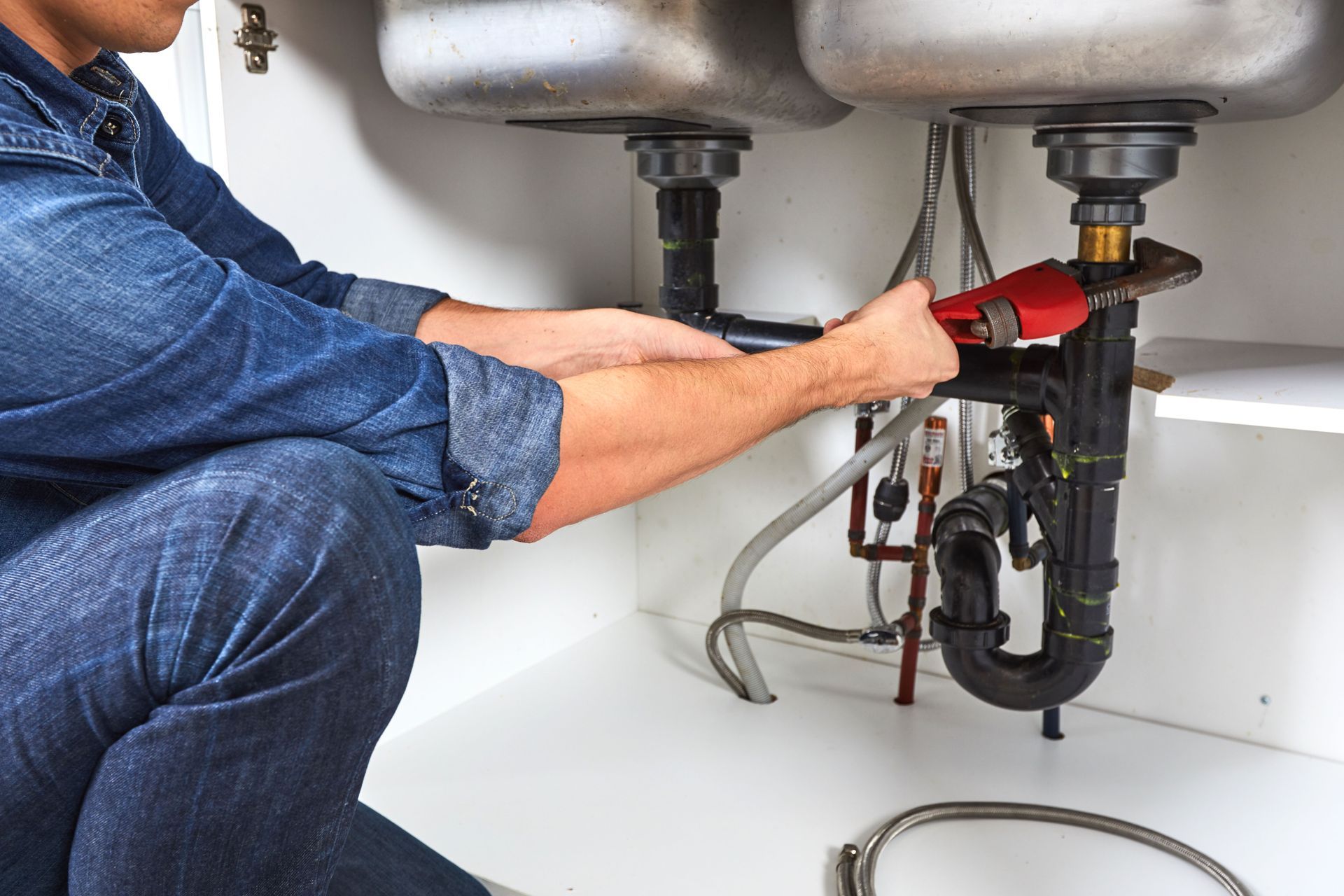
Share On: